Cultured meat and space fries: the future of food
Next Nature Network presents Spacefarming, an exhibition about the future of food that invites visitors to enter a brave new world filled with various visions for the future. The exhibition, which is held at the Evoluon and to which several TU/e alumni have contributed, triggers the imagination but also poses some serious questions. Where will future generations find high-quality food without causing (further) damage to the environment? The most innovative ideas and technologies are on display, including a cow made of stainless steel that produces milk, and a technology for growing vegetables on Mars. The exhibition opens its doors to the public on September 24th, but Cursor was allowed to take a look in advance.
At the start of the press opening at the Evoluon, journalists are welcomed in a fitting manner: on the tables are cans containing still and sparkling desalinated sea water, a large plateau covered with moss and mushrooms is filled with glasses with some truly special amuses – including plant-based salmon made of carrot – next to test tubes filled with a bright green spirulina drink. It tastes surprisingly good and sends a clear message: if we want to shape the future of our food, we need to start thinking out of the box and embrace new ingredients and technologies.
A peek into the future
“In order to understand what’s going on with our food, we need to look at the past,” Next Nature director and TU/e alumnus Koert van Mensvoort says. He mentions two crucial moments in human history that shaped mankind. First, the invention of cooking, some 200,000 years ago. By eating cooked food, humans started to absorb more energy in a shorter time span, as a result of which the human brain evolved. “Cooking made us humans,” he says.
A second milestone was reached approximately ten thousand years ago, when people came up with the idea that keeping livestock and growing seeds was much more efficient than hunting and gathering. Farming made it possible to stay in one place and build complex societies. “In today’s world, a small group of people produce the food for the rest of us, and half the world’s population lives in cities with large supermarkets that sell every imaginable fruit and vegetable year-round,” he says. “Much has changed since the first campfire.”
“If our distant ancestors could visit today’s supermarkets, they probably wouldn’t understand much of what they saw,” he continues. “Energy drinks, vitamin pills, powdered milk … Things that are perfectly normal to us, would be unknown to them.” Similarly, food in 2050 will probably look nothing like the food we eat today. You could think of the exhibition as a time machine that presents us with some potential scenarios for the future. Some products or technologies might never materialize, whereas others might become perfectly normal in thirty years’ time. One thing is certain though: our food needs to and will change, and the exhibition offers us the chance to take a peek into the future.
T-Rex burger
After the press opening, we take a tour of the museum. We visit the exhibition space, where the various projects are on display in large, dome shaped objects that you can enter in small groups. Food futurist Chloé Rutzerveld presents her project Culinary Cellular. The TU/e alumna, who graduated at the department of Industrial Design with honors, explores the science behind cellular agriculture – growing meat, fruit and vegetables directly from animal or plant cells. Her interactive installation Culinary Cellular allows you to design your very own futuristic dish. This way, people can learn more about the science behind cellular agriculture as they explore the limits of their culinary imagination.
The design process involves a number of intuitive steps. First, you need to choose three vegetable or animal cell sources by pressing a large touchscreen. The options are domesticated, exotic and extinct species, such as the T-Rex or mammoth. “You can also select dog or chimpanzee, but those aren’t very popular choices, people find that a bit weird,” Rutzerveld says. “T-Rex, on the other hand, is very popular.”
Next, you need to select the growing method. During this step, the user learns more about the various methods, such as free growth of cells or growth with the use of an edible structure. You learn what the differences are between these methods, and what purpose they have. Step three allows you to determine the various sensory characteristics, such as shape (chaotic or geometric) and texture (juicy or dry, soft or crunchy). Then it’s time to start growing your dish – a process that you can follow in the bioreactor on the screen.
Once the ingredients are grown, you can select the preparation method – such as grilled or steamed – and add a preferred topping, after which your self-designed dish will be prepared an appears on the screen. Depending on your choices, the dish that appears might be T-Rex burger with artichoke and oyster mushroom. Finally, you’re asked whether you would actually like to taste your dish. “We tested this at Lowlands this summer, and this provided us with the data of some 25,000 people. Surprisingly, many of them said that they would actually like to taste the dish they created,” Rutzerveld says.
Modern cowboys
In the next dome, the so-called ‘Milk dome,’ there is a cow made of stainless steel – the size of an actual cow, with a metal udder and teats – on display. Margaret the dairy cow, named after ‘iron lady’ Margaret Thatcher, is a project by Those Vegan Cowboys. Since dairy cows have been reduced to machines that produce milk, why not leave the living animal be and replace it with an actual machine? That was the reasoning behind this project, initiated by, among others, Jaap Korteweg, former owner of De Vegetarische Slager ('The Vegetarian Butcher'), the company known for the meat substitutes you can buy at the supermarket.
At their biotechnological lab in Ghent, Belgium, these modern cowboys try to produce milk based on microbial fermentation, also known as precision fermentation, a process during which microbes such as yeast are modified into proteins, such as milk protein casein. This biotechnological process allows you to use grass and sugar to produce milk that’s undistinguishable from actual cow’s milk. If it were up to the cowboys, this technology will in time result in a milk production process that no longer uses actual cows, but still allows consumers to enjoy milk, dairy and cheese.
Fries from space
Next up is space farmer Wieger Wamelink, who takes us to the basement of the Evoluon. Holding a bag of potting soil, which later turns out to be soil from Mars, he proudly shows us his ‘space greenhouse.’ In the grow cabinet behind him are pots filled with Martian soil, warmed by LED lights, in which Wamelink sowed several different plants. With this project, he wants to prove that it’s perfectly possible to grow vegetables on Mars. He picks up one of the sowing pots and shows us: “I planted seeds in this pot a couple of days ago, and the first plants are already starting to grow.” By the way, that Martian soil doesn’t actually come from Mars. It was produced in the US, based on ‘earthly’ ingredients, so that it is made of the exact same components. “It’s not very cheap, but anyone can order it on the internet,” the space farmer says matter-of-factly.
“Travelling to Mars takes at least six months, so if we are going to send people up there, it will have to be for a longer period of time. That means that you would need to bring a lot of food. Unless you can grow food there – that would solve the problem,” he continues. And that’s exactly what he’s trying to figure out. Because of the hazardous cosmic radiation on Mars, for example, you’re forced to grow food in a greenhouse with LED lighting, just like Wamelink does in the basement of the Evoluon. “The surface of Mars is very different from the potting soil you buy in a garden center,” he explains. “It hardly contains nitrate or ammonia, but you can solve that by adding plant residues to the soil, which releases nutrients.”
In addition, people produce large quantities of organic waste during a long trip to Mars. Wamelink believes that human waste could be used for space agriculture, which would solve two problems at once. You don’t need to worry about how to dispose of this waste, and you could use it as ‘human fertilizer’ in soil. “Urine contains lots of important nutrients that plants need,” he says. “Solid bodily waste is more complicated because it contains dangerous bacteria, but we’ll find a solution for that too. In the end, it’s just manure.” It will take some time before the farmer will be able to harvest his cultivated space tomatoes, cucumbers or potatoes, but he extends us a warm invitation. “Stop by some time from now, and I’ll bake you some space fries.”
Next Nature Network carries the motto ‘technology is our next nature’ and believes that the best solutions for the future can be found in the symbiosis between nature and technology. Exactly one year ago, Next Nature, under supervision of its director Koert van Mensvoort, opened a technology museum at the Evoluon, making the former Philips technology museum accessible to the public again after 33 years. The network uses research, publications and exhibitions to demonstrate how technology can be applied in the future. The exhibition RetroFuture about ‘the future of the past,’ which opened a year ago, has been visited by over 75,000 people so far. On September 24th, Next Nature presents a new exhibition at the Evoluon: Spacefarming. This exhibition revolves around the central question: how can we produce enough food for ten billion people in 2050 while causing as little damage as possible to our planet? For more information about this exhibition go to nextnature.net and evoluon.com.
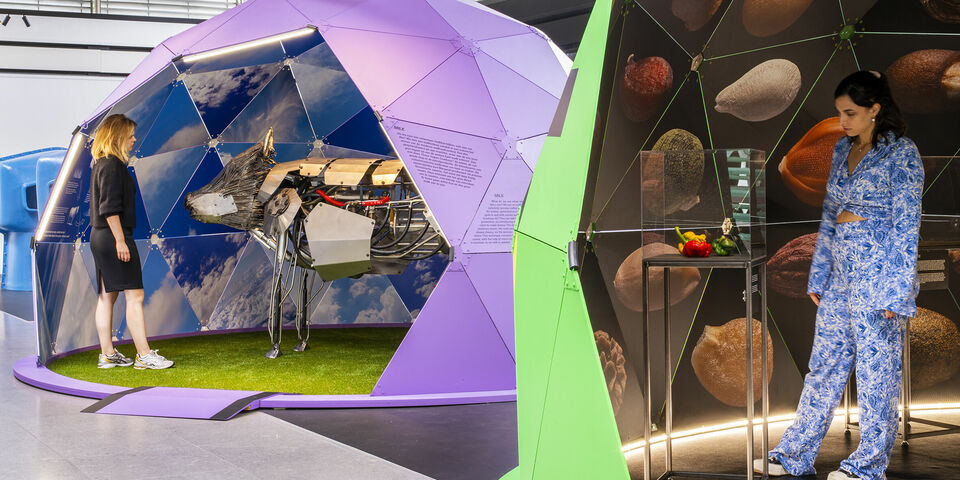

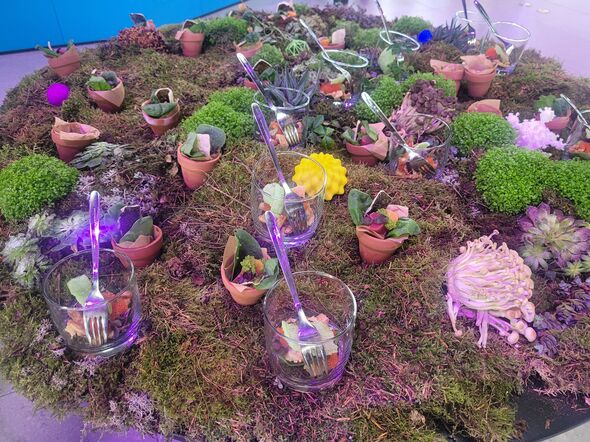
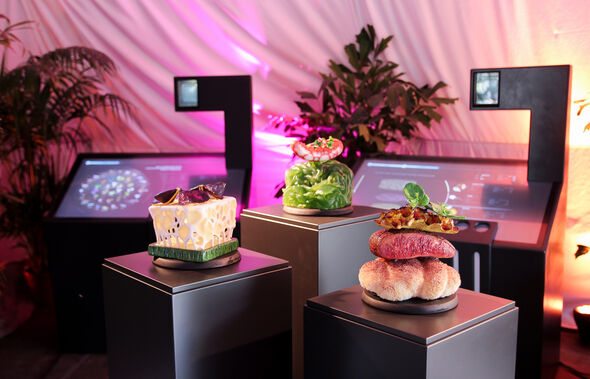
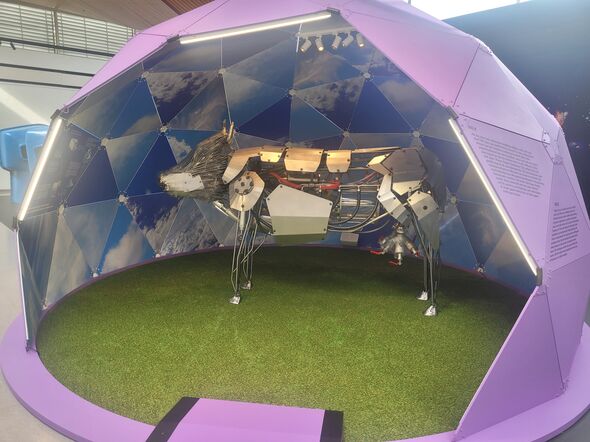
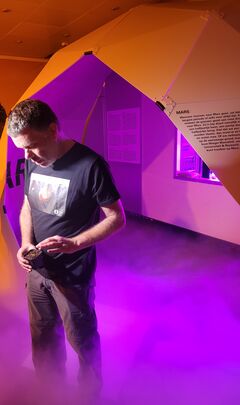
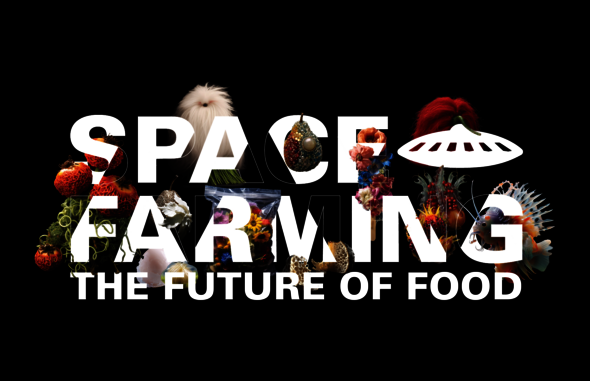
Discussion